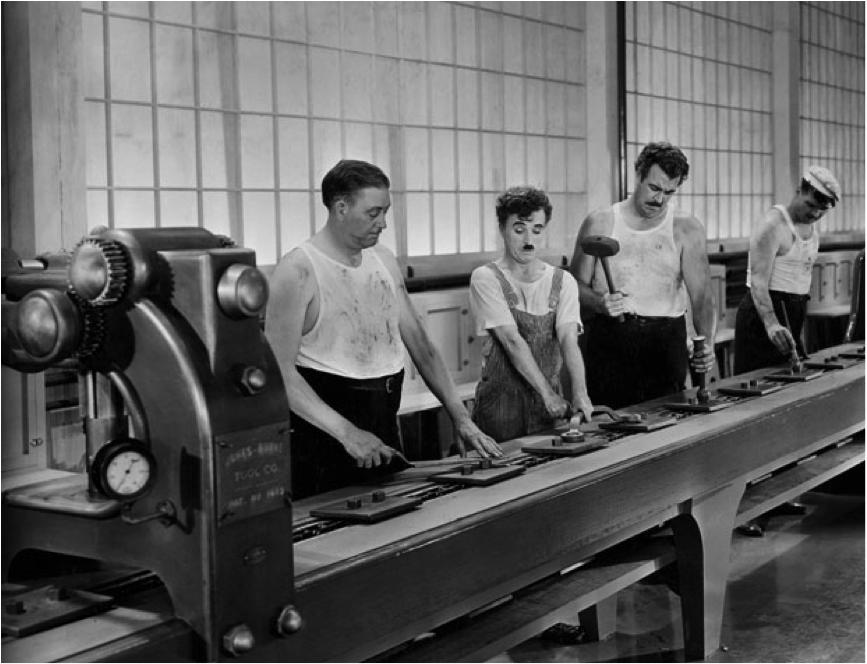
In the first part of this two-part blog article, I discussed how two global high-tech manufacturing companies use validation tools to formalize and automate the design review process for downstream manufacturing, thereby reducing costly and time-consuming rework and engineering change orders, manufacturing defects, and costs.
In this article, I discuss the benefits of using formal manufacturability validation tools as a mechanism for best-practice knowledge capture and continuous improvement.
A Growing Manufacturing Knowledge Gap
Many design engineers lack theoretical and practical manufacturing process knowledge in well-established manufacturing disciplines such as injection molding, casting, and sheet metal fabrication. This gap is more pronounced in newer manufacturing processes that involve composite materials and additive manufacturing. Read More



